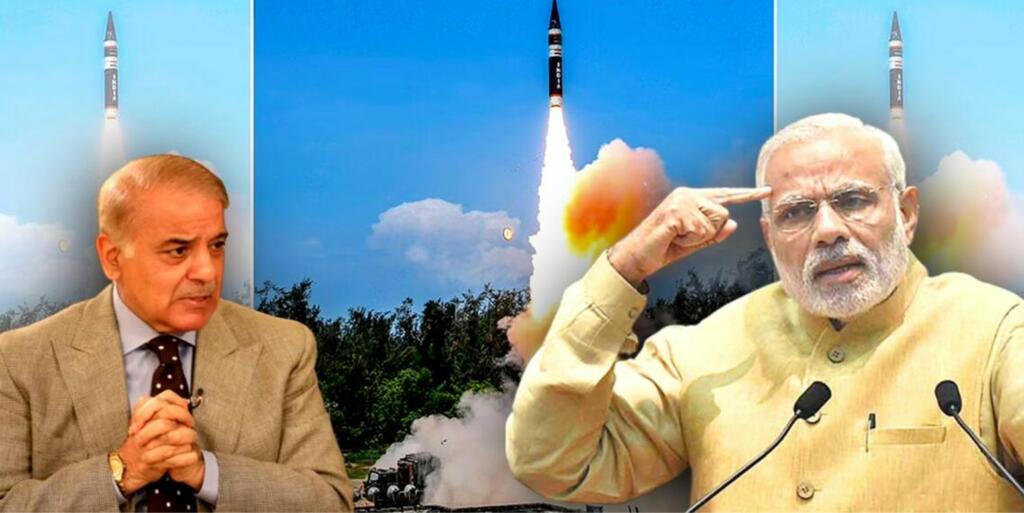India’s defence policy is exactly what the word “Defence” means. We only take up arms when a ‘padosi’ forces us to defend our borders. That does not mean it is an easy task. Defending is a lot more complex since the info about the full extent of the enemy’s capabilities takes time to arrive. In the meantime, it becomes imminent to develop more technologically superior arms. India is doing just the same with the launch of Agni Prime missiles.
Agni-P tested successfully
India has successfully test-fired ‘Agni Prime’. It is a new generation ballistic missile capable of carrying nuclear warheads. The test was carried out on Dr APJ Abdul Kalam Island off the coast of Odisha. During the test, the missile completed its full range and achieved all of its test goals. It was the 3rd successful test in a row and was designed to check the system’s accuracy and dependability.
Defence Officials contacted by the media said, “During the test flight, the missile travelled the maximum range and all test objectives were successfully met. With this third consecutive successful flight test of the Agni Prime missile, the accuracy and reliability of the system has been established. The performance of the system has been validated using the data obtained by a number of range instrumentation like radar, telemetry and electro optical tracking systems deployed at different locations including two down range ships at terminal point to cover the entire trajectory.”
Best in Agni series
Agni Prime is being developed by the Defence Research and Development Organisation (DRDO). It is a successor to Agni-I and Agni-II missiles that are in the operational service of Strategic Forces Command (SFC). SFC is also called Strategic Nuclear Command as it manages the country’s tactical and strategic nuclear weapons stockpile.
Agni Prime will also be ultimately handled by the same Command Centre. The latest version in the Agni series will require much more technical manpower to handle. It has composite motor casing, manoeuvrable re-entry vehicle (MaRV) along with improved propellants, navigation and guidance systems. Due to MaRV, it is capable of automatically tracking ground targets.
Pakistan under the radar
Its technical efficiency is way above that of Agni 3. It is 50 per cent lighter than Agni 3 and is the smallest and lightest in the entire Agni Series. Due to canisterisation, it can be launched from rail or road and can be stored for longer periods. The lightweight makes it easier for transportation as well.
The range of Agni Prime Missile is that of 2,000 kilometres, which means that it is a medium range ballistic missile. This type of missile is mainly used to counter threats and eliminate enemies in immediate neighbour Pakistan.
Up until now, Agni P has been tested 3 times and all of them have been successful. DRDO first tested it for delivering two multiple independently targetable re-entry vehicles (MIRV) in two separate locations. Six months later, the second test checked the reliability of performance of all the advanced technologies integrated into the system. With the successful completion of 3rd test, Agni-P missile is seen as part of work in progress towards an advanced anti-ship ballistic missile (ASBM). The ASBM will enhance Indian Navy’s capacity in face-offs against ultra-offensive Chinese Navy in Indian Ocean Region (IOR).
India has always followed the principle of “no first use policy”. We have obliged by it through decades to come. But defence requires strength to be offensive when time requires. India’s push towards Aatmanirbharta in defence manufacturing is a giant step in that direction.
Support TFI:
Support us to strengthen the ‘Right’ ideology of cultural nationalism by purchasing the best quality garments from TFI-STORE.COM
